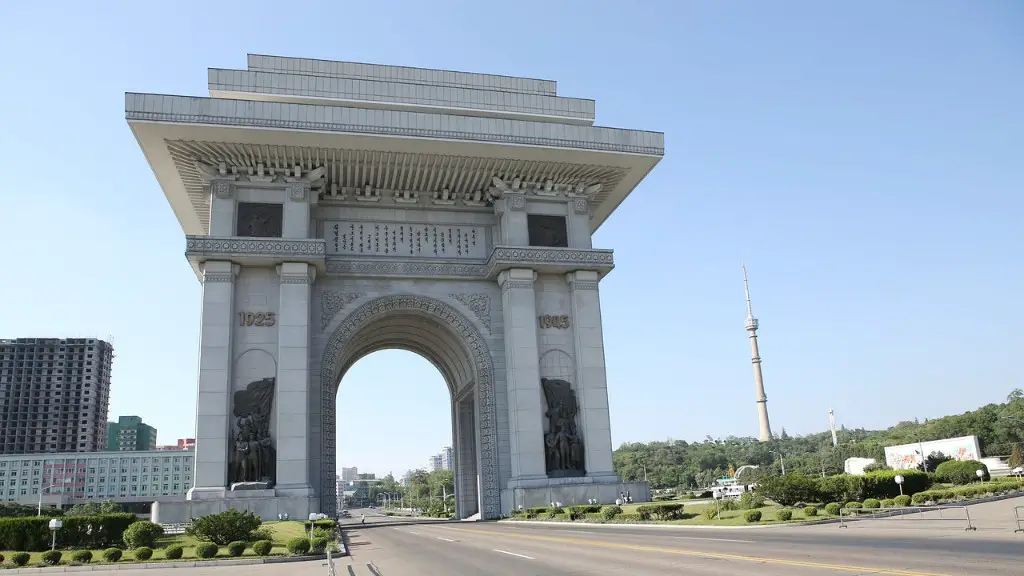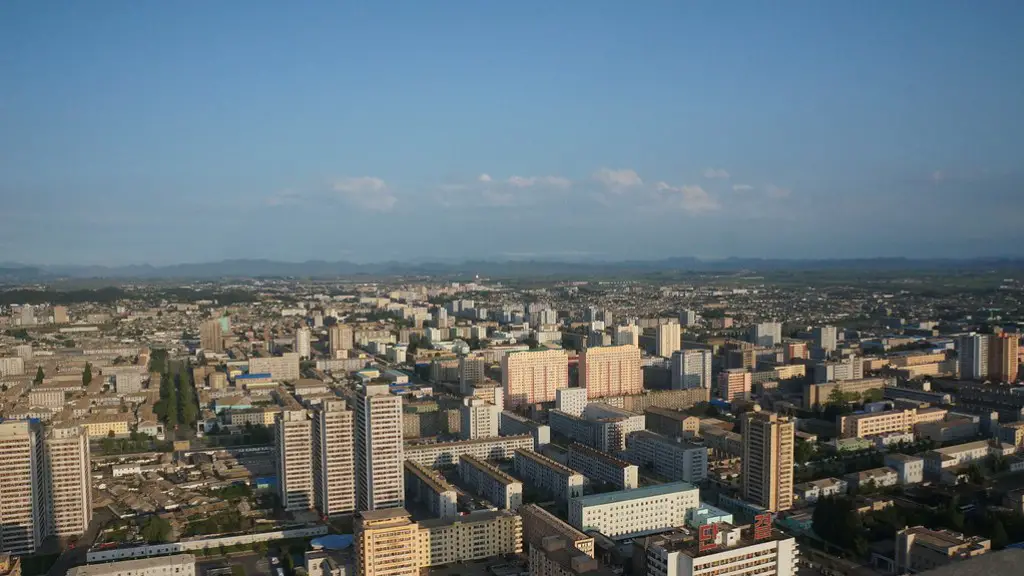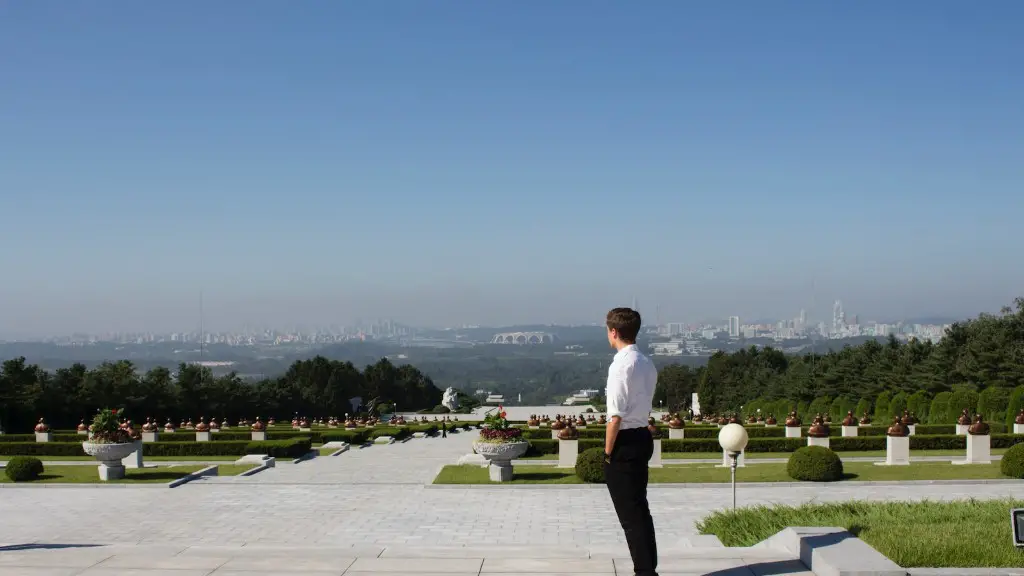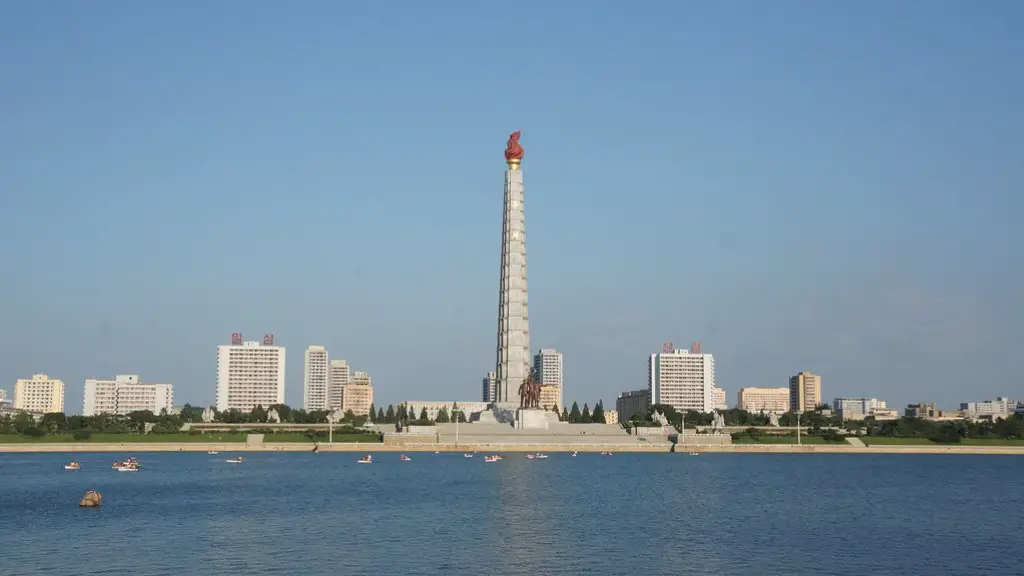Geopolitical Context
From the end of World War II to the disintegration of the Union of Soviet Socialist Republics (USSR) in 1991, North Korea was strongly supported by the Soviet Union and its close allies. Throughout the period, North Korea received various kinds of military support, ranging from equipment, training, intelligence, and technology sharing. Although ground forces and equipment developed in Russia were supplied to North Korea, there was also considerable, albeit smaller, technological exchange. North Korea provided the former Soviet Union with raw materials such as timber, nonferrous metals, and minerals, as well as some manufactured parts, tending to be of lower quality than Soviet products.
Cold War Arms Suppliers
Despite the disintegration of the Soviet Union, North Korea maintained advantageous trading relations with Russia, China and missile-building nations such as Syria. During the Cold War, the North Korean military benefited from arms supplied by both the Soviet Union and China. Mil Mi-4 helicopters, MiG-17 and MiG-19 jet fighters and Soviet Sukhoi Su-7 supersonic fighters, as well as Chi-Chi and MiG-15 jet fighters were present in the Korean air force in 1979. Soviet and East German military advisors regularly visited North Korean military installations. Other key supporters and weapons suppliers of the North Korean military during the Cold War era included East Germany and the Czech Republic.
North Korea’s Post Cold War Suppliers
In the post Cold War period, North Korea continued to receive substantial military support from Russia. During the mid-1990s, the nation received advanced jet fighters and engines from Russia, in addition to 1000 tanks and artillery. Between 1992 and 2006, North Korea purchased ballistic missiles from Iran, Yemen and Syria as well as a variety of spare parts, components and launchers. It was also able to acquire small arms, light weapons and ammunition from China, Europe and other countries.
Inflated Missile Program
North Korea has continued to receive considerable support for the development of its ballistic missile program. In the late 2000s, North Korea launched a number of ballistic missile tests, drawing strong criticism from the international community. North Korea’s missile program is believed to have received financial and technical assistance from Iran and Syria as well as assistance from Chinese companies. Despite heavy UN sanctions, North Korea continues to develop advanced missiles, some of which have the ability to strike targets in Japan and the US mainland.
North Korea’s Nuclear Program
North Korea’s development of nuclear weapons has been aided by the country’s access to technology in the international arms trade. Through the black market activities of North Korean companies, the country is believed to have obtained raw materials and components needed to develop nuclear weapons. The country is also thought to work with other countries to obtain the technology needed to produce nuclear weapons and ballistic missiles. North Korea has also used overseas networks to purchase dual-use materials, which can be used for both nuclear and military purposes.
Analysis Through Media and Experts
Media reports and experts believe North Korea has been able to sustain its military capabilities through its ties to the international arms trade. North Korea has reportedly accessed weapons and technology from countries such as Russia and China, as well as from nations involved in the international arms trade. Experts suggest that the North Korean government has been able to access these arms and technology through proxies and black market activities, as well as through its ties in international arms trading networks.
Role of China
Although Chinese leadership has remained committed to United Nations sanctions imposed on North Korea, it should be noted that in the past, China has been a key supplier of military equipment to North Korea. Furthermore, Chinese entrepreneurs and traders have played a major role in sustaining the military capabilities of the North Korean regime by providing weapons and equipment.
Risk of Arms Deconfliction
The presence of an unregulated arms market contributes to the risk of arms deconfliction. As more countries become involved in the international arms trade and as North Korea continues to acquire weapons, there is a risk that the weapons may pass into the hands of non-state actors, who may then use them for criminal activities. This could potentially lead to violence and instability in the region, making it all the more important for regulating bodies to ensure that weapons and military hardware do not reach the wrong hands.
Regulation of Arms Trade
Given the potential for destabilization that exists in North Korea, there is a need to regulate the arms trade, in particular the black and grey markets. As the international community is increasingly aware of the risks posed by unregulated arms transfers, there is an increasing push for arms control and better monitoring to ensure that weapons are not getting into the wrong hands. However, this is a difficult task given the difficulty in keeping track of weapons once they enter the global arms market.
International and UN Sanctions
International sanctions are one of the key tools being used to try to prevent North Korea from accessing weapons and military hardware. In addition, members of the United Nations Security Council have passed a number of resolutions to target North Korea’s weapons and military programs. These resolutions have been aimed at curbing North Korea’s nuclear and ballistic missile programs as well as economic sanctions targeting entities and individuals involved in the procurement and trade of military items to and from North Korea.
The Role of US
The US has taken a proactive role in trying to dissuade North Korea from accessing weapons and military technology. This has included imposing economic sanctions on North Korean individuals and entities as well as engaging in international diplomatic efforts to try to bring an end to North Korea’s nuclear and missile programs. In addition, the US has warned other states against transferring military technology and materials to North Korea, and has encouraged countries to improve their export control laws to prevent such transfers of military-related items.
UN Inspections
The United Nations has also taken significant steps to monitor and regulate the arms trade. The United Nations Security Council has mandated a Joint International Team of Experts (JIT) to inspect North Korean facilities and to compile reports about North Korea’s nuclear and ballistic missile capabilities. Furthermore, the United Nations has also established a panel of experts tasked with monitoring North Korea’s compliance with resolutions regarding its nuclear activities. The panel has been able to gain insight into North Korea’s nuclear program and its efforts to obtain weapons and military technology.
Conclusion
In conclusion, it is clear that North Korea has gained access to military equipment and technology mainly through the international arms trade. As such, it is essential that countries involved in the arms trade as well as regulating bodies take measures to ensure that weapons and military hardware do not end up in the hands of non-state actors. Additionally, international sanctions and UN inspections can help to ensure that North Korea is not able to acquire weapons and technology to further its military capabilities.



